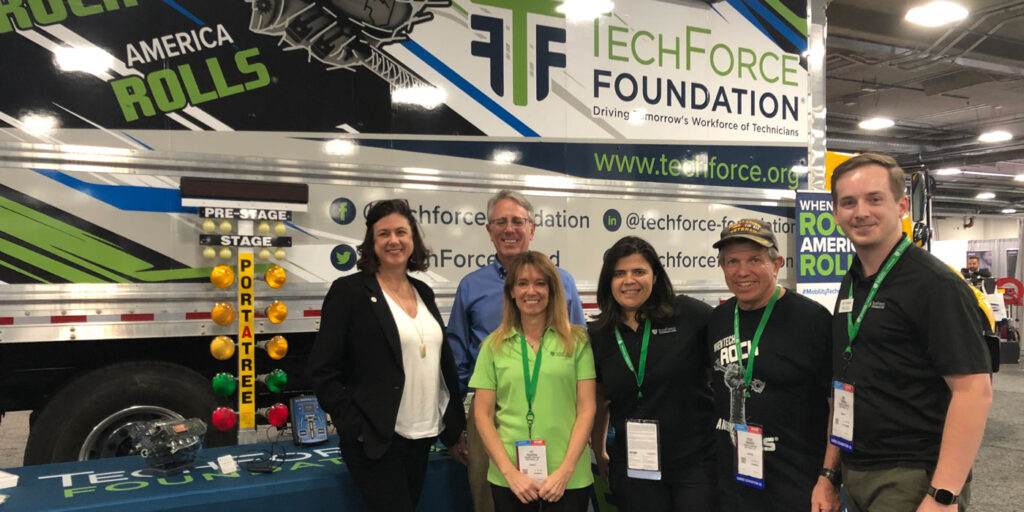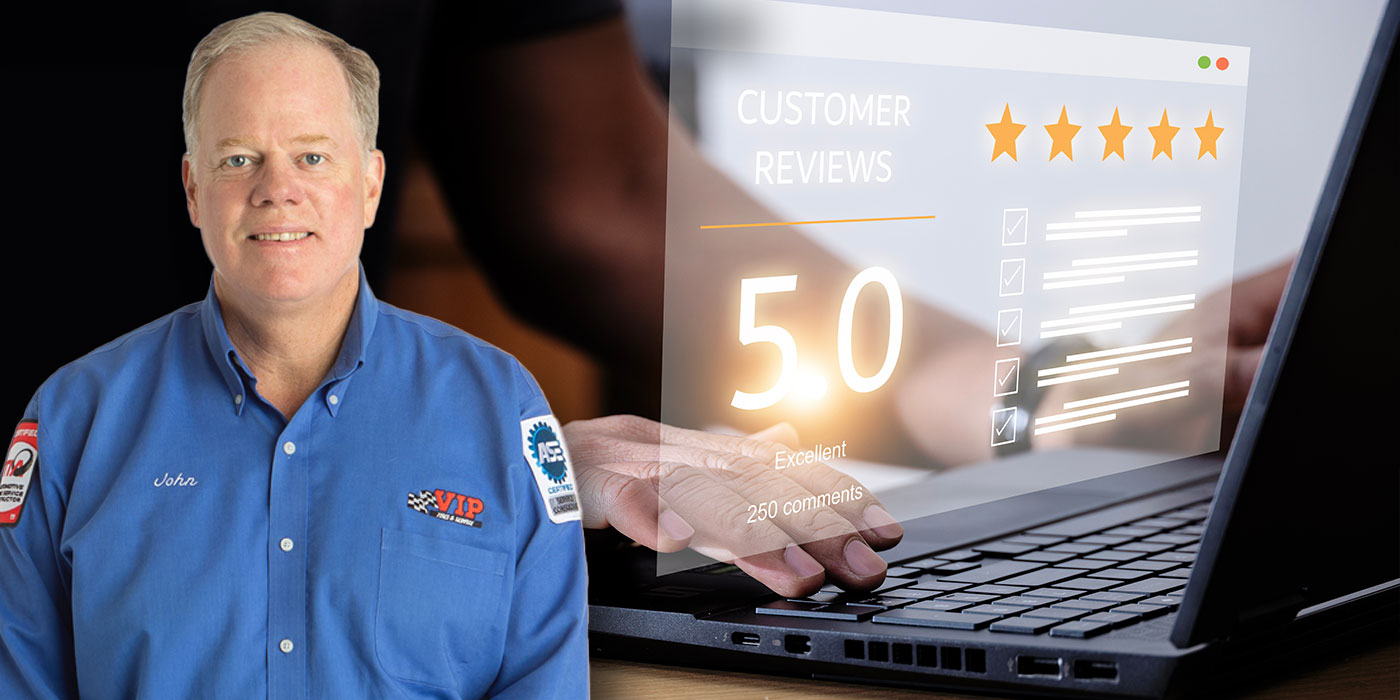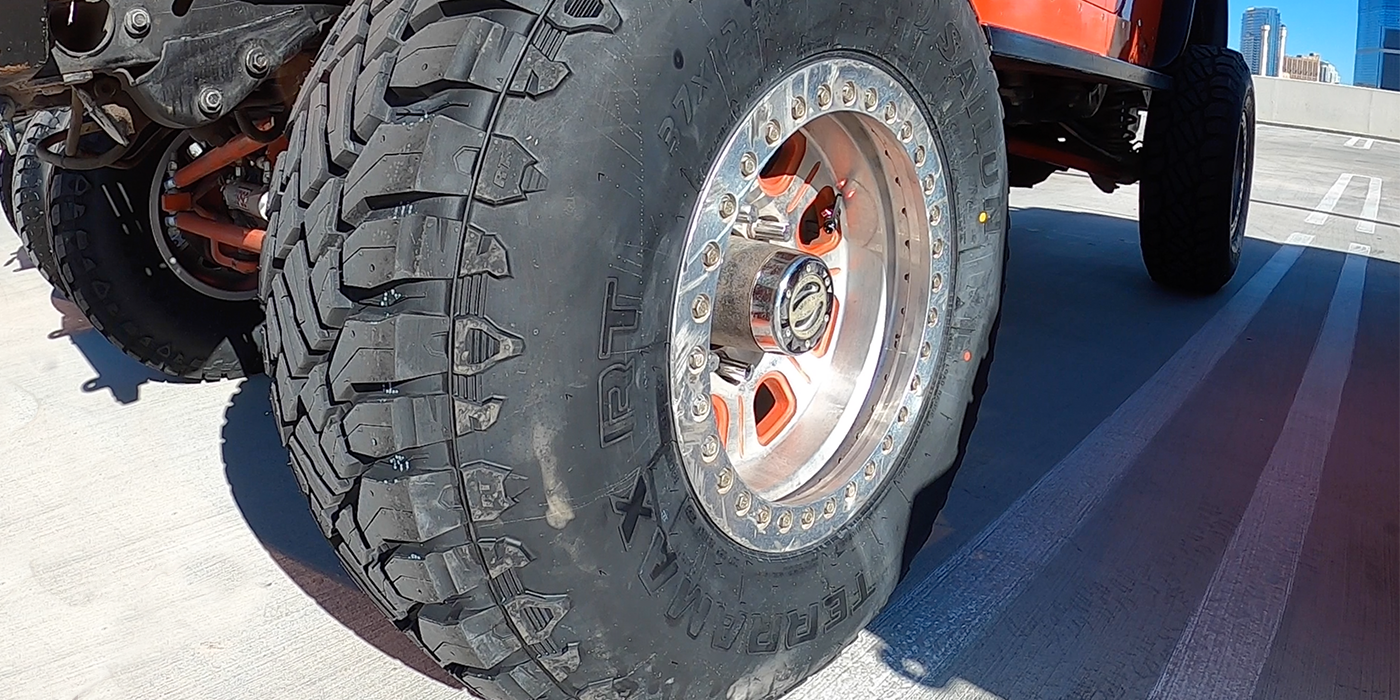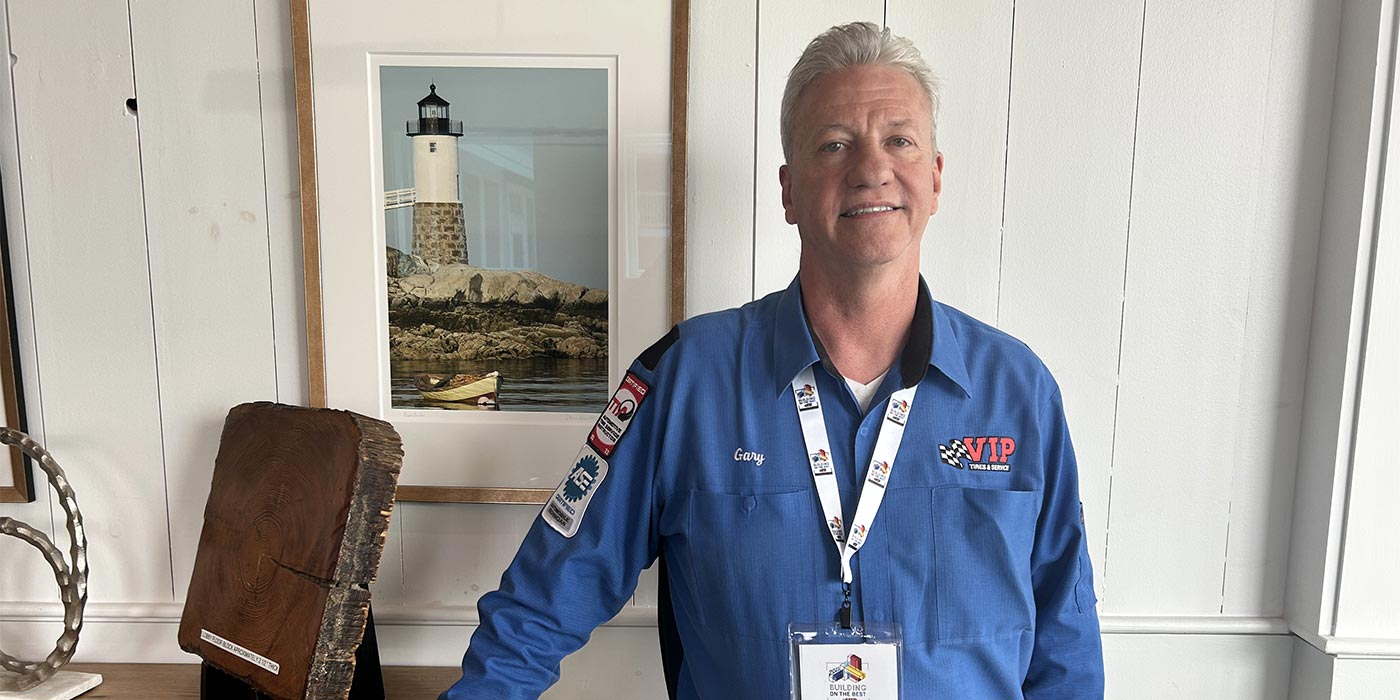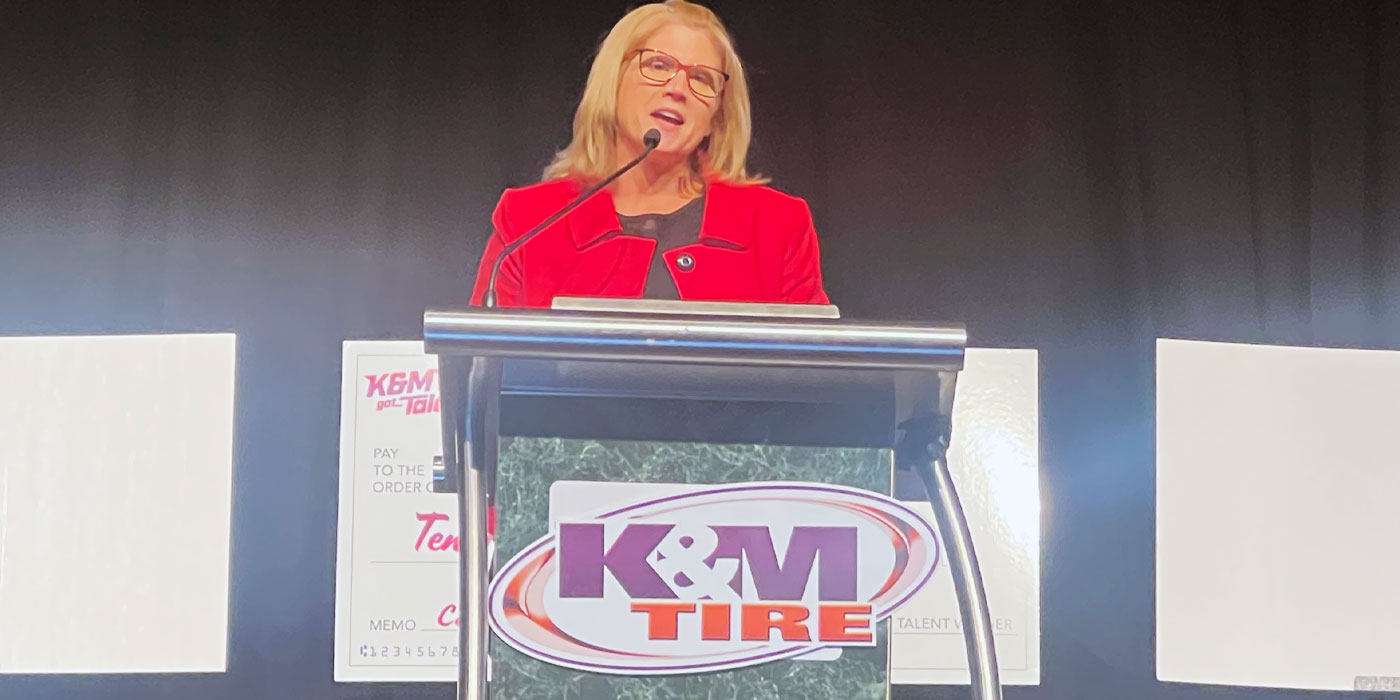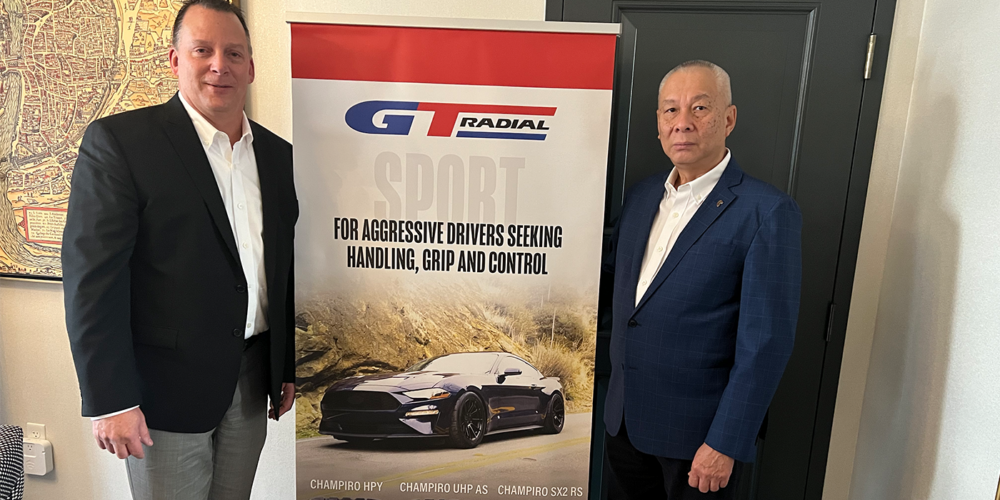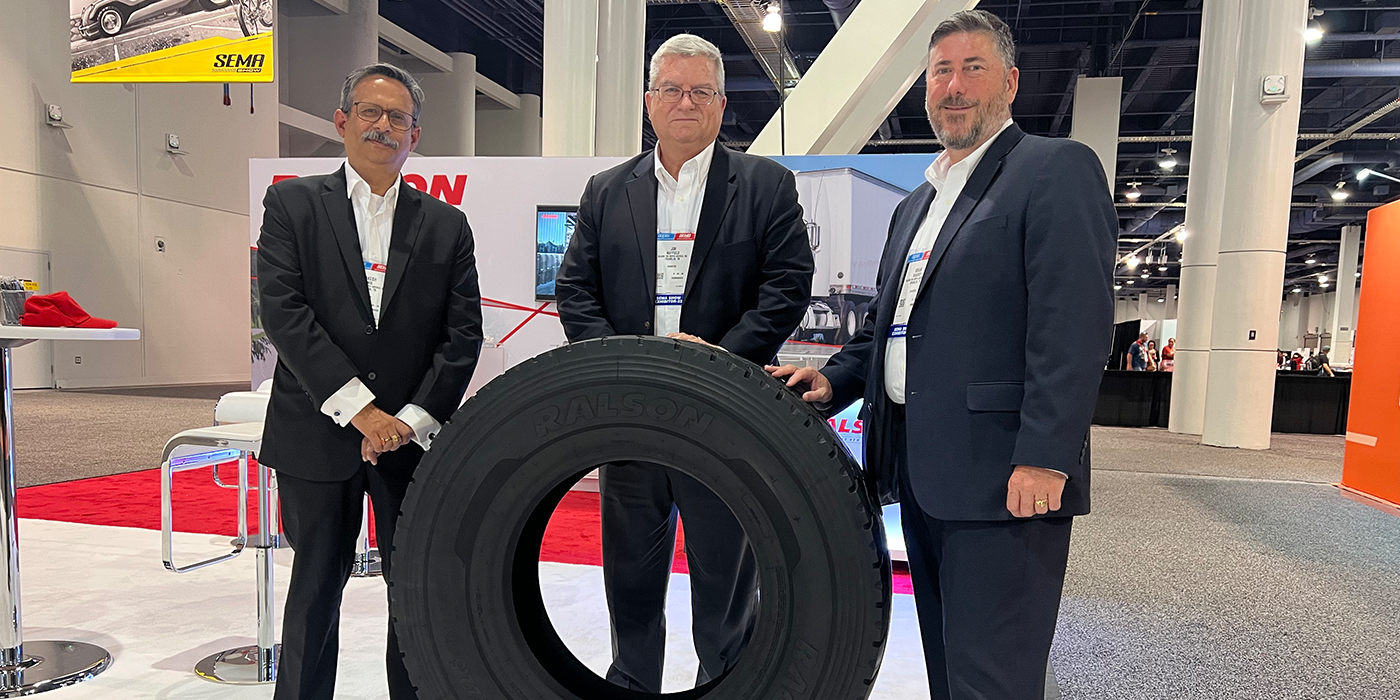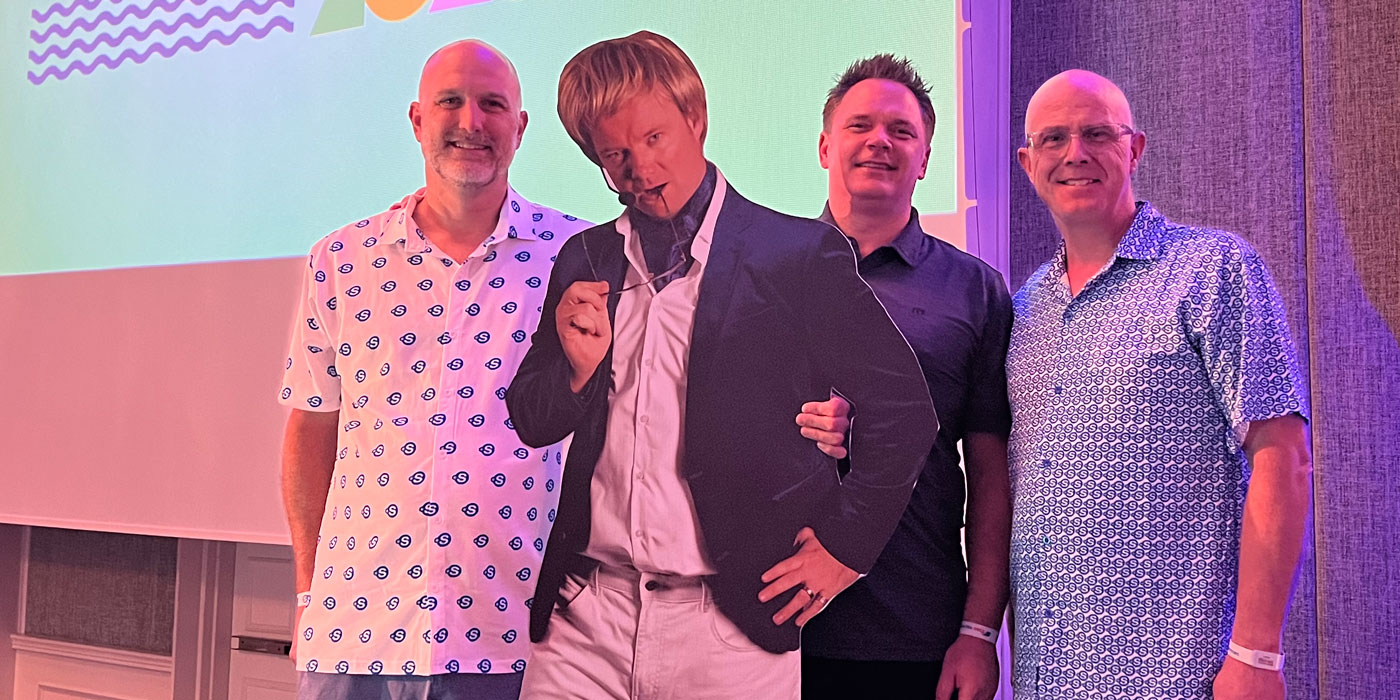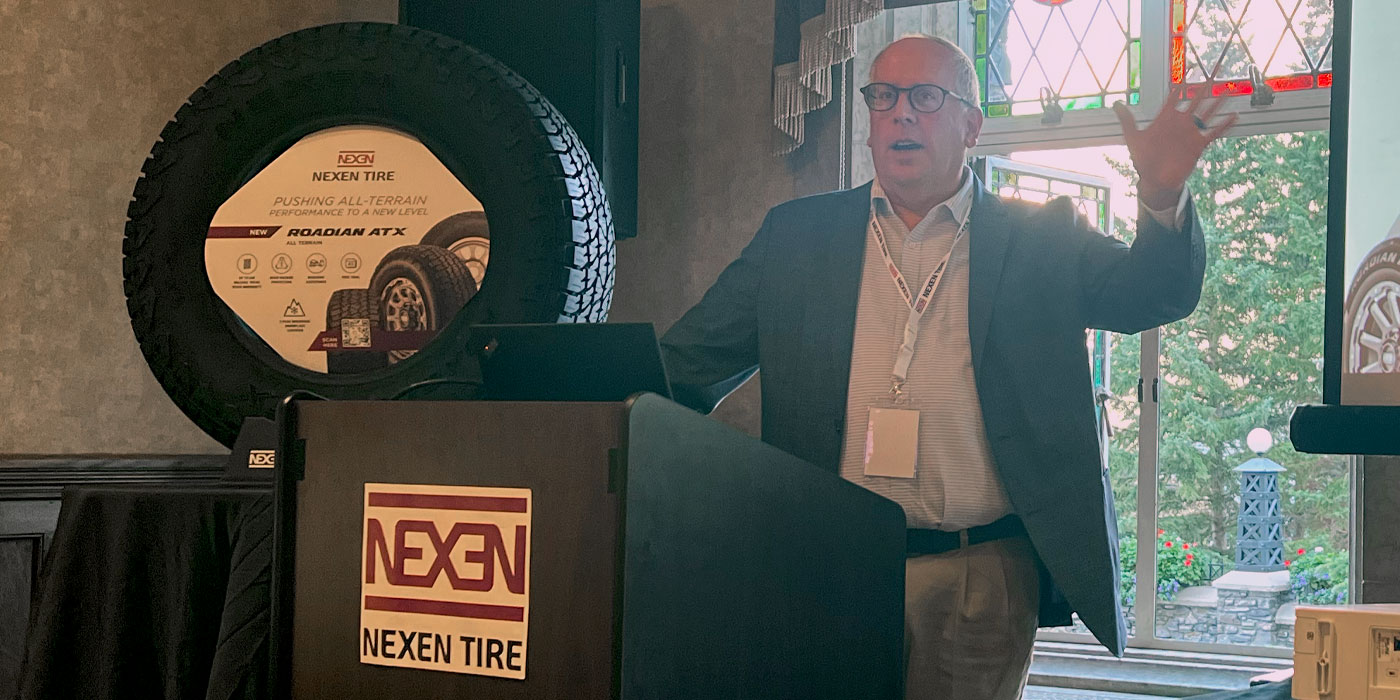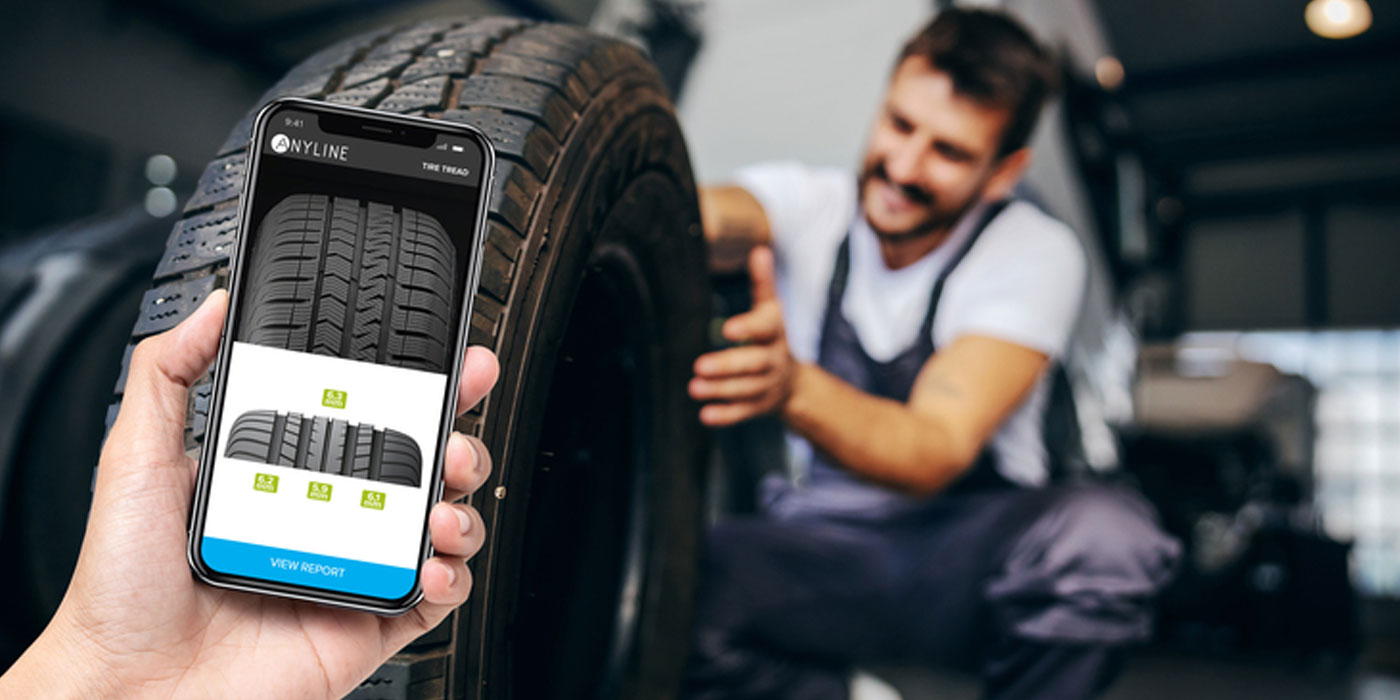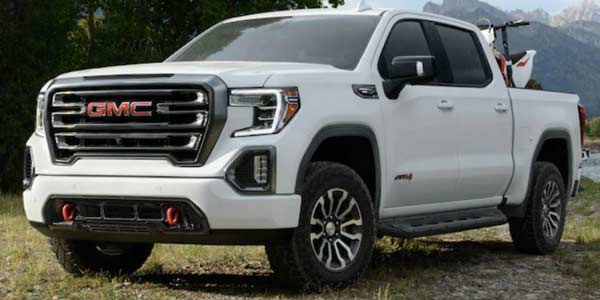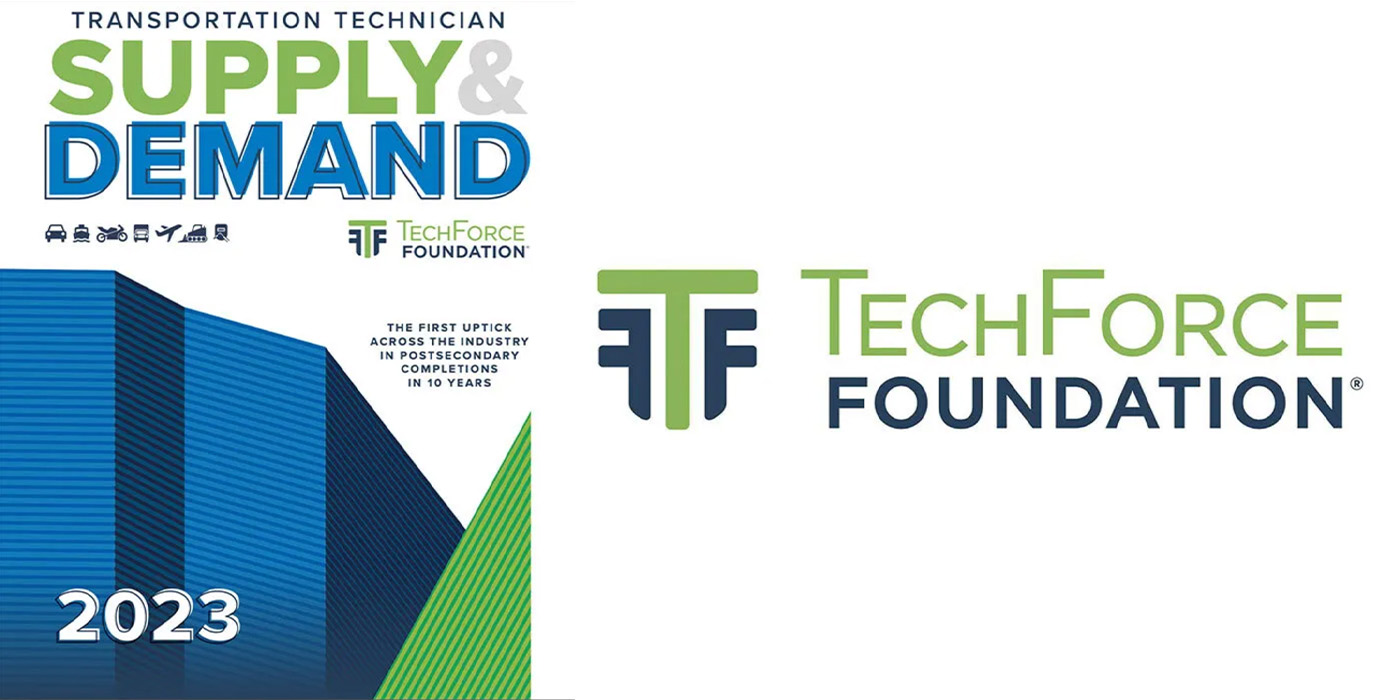This year’s Transportation Technician Supply and Demand report, released Nov. 1, might make you involuntarily suck your teeth. Compiled annually by the TechForce Foundation, the report helps us understand the current and projected shortfalls of professionals needed to service the nation’s automotive fleet. Here’s a breakdown of some of the stats that blew our hair back:
- The supply of new entrant technicians from automotive post-secondary education programs in the U.S. dropped 11.8%, to 28,866, in 2021.
- TechForce estimates demand for new entrant automotive/diesel/collision repair technicians – for new positions, replacements for occupational separations and unfilled positions from prior years – will reach 232,000 in 2022 and total well over 900,000 through 2026.
- The supply of program graduates (completions) slipped 2.6% and 0.4%, respectively, in the diesel and collision repair segments but has fallen by a combined 17% over the past five years.
The numbers are staggering. Fewer entrant techs are graduating from post-secondary programs at a time when technicians are needed more than ever.
However, there are silver linings to these black clouds. Jennifer Maher, TechForce Foundation’s chief executive officer, says the pendulum is starting to swing back toward the positive. For example, she says, the worsening technician supply picture – with combined completions dropping from 48,208 in 2020 to 44,052 in 2021, overshadows a strong year-over-year rebound in technician employment in the automotive (+4.2%) and diesel (+6.5%) repair segments.
That’s not all, either, especially if the TechForce Foundation has anything to say about it. Jennifer and Mike Pessendo, TechForce chief marketing and strategy officer, sat down with Tire Review at this year’s AAPEX Show to help us wrap our heads around what the industry can do to fight the technician shortage, as well as what the Foundation is doing to help the cause.
David Sickels: The first thing I want to ask you about is this mobile experience you brought to AAPEX. Can you walk me through how you came up with the activities? What am I going to find here?
Jennifer Maher: This is the TechForce STEM Career Center. We created it, so it is mobile, and Penske Truck Leasing donated the 26-foot box trailer. That’s all wrapped for TechForce. It really was about how you start to take TechForce to the students in grassroots communities and show up with a bigger presence than at a lot of career fairs these days, it’s still the old six-foot table and flyers. You’re like, “That’s the way it was when I was a kid.” They’re like, “We’ve not gotten any more advanced than that?”
I also kind of had a gripe that when I would show up, they would talk about STEM careers, and they have all the computers, and then they put automotive on the other side of the gymnasium or something. I’m like, “Wait a minute, we’re missing this.” These are STEM careers. You do need to understand science, technology, engineering, and math. They’re constantly changing and evolving technologies. We say they’re no longer blue-collar, but new-collar careers. The idea about the STEM Mobile Career Center was to be able to take it out to where students are, and/or bring the students, and able to have interactive exhibits that give us the chance to have that dialogue. For instance, we got the SNAP on Go Nuts. It’s like what’s the metric system have to do? If I’m studying in school, I’m like, “Well, why do I care?”
There are interactive ways that we get young people and their parents to come into the booth and start to realize not every kid has to go to a four-year university, and that there are kids who are wired for this type of success. These are good, solid careers.
How long have you been bringing this to different schools around the country?
Jennifer Maher: We started in 2019, and then we got hit with COVID. It sat for 2020 and a little bit of 2021. Now we’re up and going again.
I read your technician’s supply and demand report, and it was kind of a tough read. There are a lot of challenges. With that being said, nearly a million new techs might be needed by 2026. How does the industry accomplish something like that? What are the steps that need to be taken?
Jennifer Maher: Well, I think TechForce decided this was going to be the expansion of our mission in 2016, but we’ve always done scholarships and grants. We’re probably one of the largest non-profit scholarship and grant organizations in the country. I’ve been doing that since 2007. In 2016, we said we need to do more because that’s one aspect of helping the kids through school, but it can’t be the only thing. The problem is so wide and deep.
You’ve got to actually do the education. We needed more storytelling about the opportunities for people hearing that these are new collar careers, hearing the voices of people who’ve walked the talk in front of them, and seeing themselves in the industry.
The second part though is we have to get kids hands-on again. Again, it’s changed. It’s not the kids tinkering in the garage, maybe like in the old days, they don’t have that exposure. Maybe we take them to car shows, races, auctions, NASCAR, NHRA, Monster Jams, whatever it is. AAPEX, even. It’s one of those things that now they don’t know what they don’t know. They don’t have tickets. They don’t have the money to buy those tickets. We get them in and get them access, and then we introduce them to all of our industry partners. That’s where we need our industry partners to show up and help us get them in the door, give us tickets, or whatever they might be sponsoring.
Then the last part is, again, scholarships and grants. The students are in school, they need help. You kind of have to look at that financial side and say it’s a piece of the equation. What we need to do to solve this whole shortage is we need to welcome more into the industry. When they raise their hand and they say they’re interested, we have to stay with them. They don’t know what they don’t know, and they don’t know how to connect or navigate that. That’s why TechForce built an IT platform so that we can stay in touch with them.
How do you help the industry fill the need for very specific kinds of techs in more niche fields, like EV and diesel?
Jennifer Maher: Well, from a TechForce standpoint, as a charity, we show them the whole smorgasbord and what’s available. For us, it’s about introducing them and saying there are diesel techs. There are charging station techs, there are stationary engine techs, and techs who are working on farm equipment. There’s auto and there’s restoration, there are motorsports, racing drag. Everything needs a tech in order to keep it moving. We really are about the technician workforce and introducing them.
That’s where we have to make sure that we’re going out and trying to find friends in all those places. What are we doing and who do we know in the EV category? Who do we know in motorsports? That’s what we work really hard to do.
When you say it’s so wide and deep and ask what we are going to do to fix it? The industry has to engage. They have to. Right now, they’re really light on that, frankly.
These students need help. When organizations and charities like ours exist, then let’s collaborate, and let’s help these students to get through this pipeline.
Mike Pessendo: There’s a conundrum in that we actually, automotive hiring, but graduates went down. What’s going on there? They’re hiring people before they graduate. In some cases, they’re hiring them right out of high school, or maybe in high school. They’re hiring people, but they’re so hungry for techs, they’ll like, “I’ll take anybody and I’ll train them.”
Short-term solution? Maybe. But not the best for the long term. These techs may never go back and get their proper training. I’m not talking about aptitude. Aptitude’s aptitude. I talked to a number of employers and say, “No, we need that basic knowledge to be able to come out and know that they’ve got the basics well, and then we can mold them the way we need them.”
How can the average general repair shop owner support these students who want to get into these fields, without trying to snipe them up before they are able to complete their full certification training, or education, or whatever it might be?
Jennifer Maher: Come up with a career map for technicians at your place of business. This is an information generation and they expect Google to find answers. They’re not going to just work for you for five years blind and hope you notice that and move them up. That’s not this generation. Being able to say, “Hey, when you master lube and then you master brakes, then I’ll move you to this, or I’ll give you 50 cents more an hour,” but have a plan. It’s almost like a gaming culture. How do they level up? That’s how they think.
To me, if the industry had more ability to communicate to them about what they need to do to keep rising, this generation’s thirsty for that. I think that would help them retain. TechForce does so much to try and bring them into the industry. Just don’t blow them out the back door by not having a plan for them.
How about the short-term future for 2023? How is that looking?
Jennifer Maher: Well here’s what I’d say is positive, because, in the supply and demand report, the numbers are not pretty.
The pendulum is swinging in terms of attitude towards technical education and careers. I’m talking everywhere, like mom and dad, small town, big town America. If I’m on an airplane and I say to anybody what I do, and I say, “Not every kid needs to go to a four-year university. We believe in technical education and the skilled trades,” every average Joe now lights up and has a story. That shows me the pendulum is swinging away from that whole one size fits all notion that everybody has to go to college.
Now, the rising debt and all of the stuff that the public at large now is becoming quite aware of. It’s our time now to find students who are like, “I’d like to do this instead.”
I think that’s the light at the end of the tunnel. If the industry would step up now while it’s hot on the minds of people, that’s good. This will pass. This will go away and it won’t be the hot button, and we can’t miss it.

